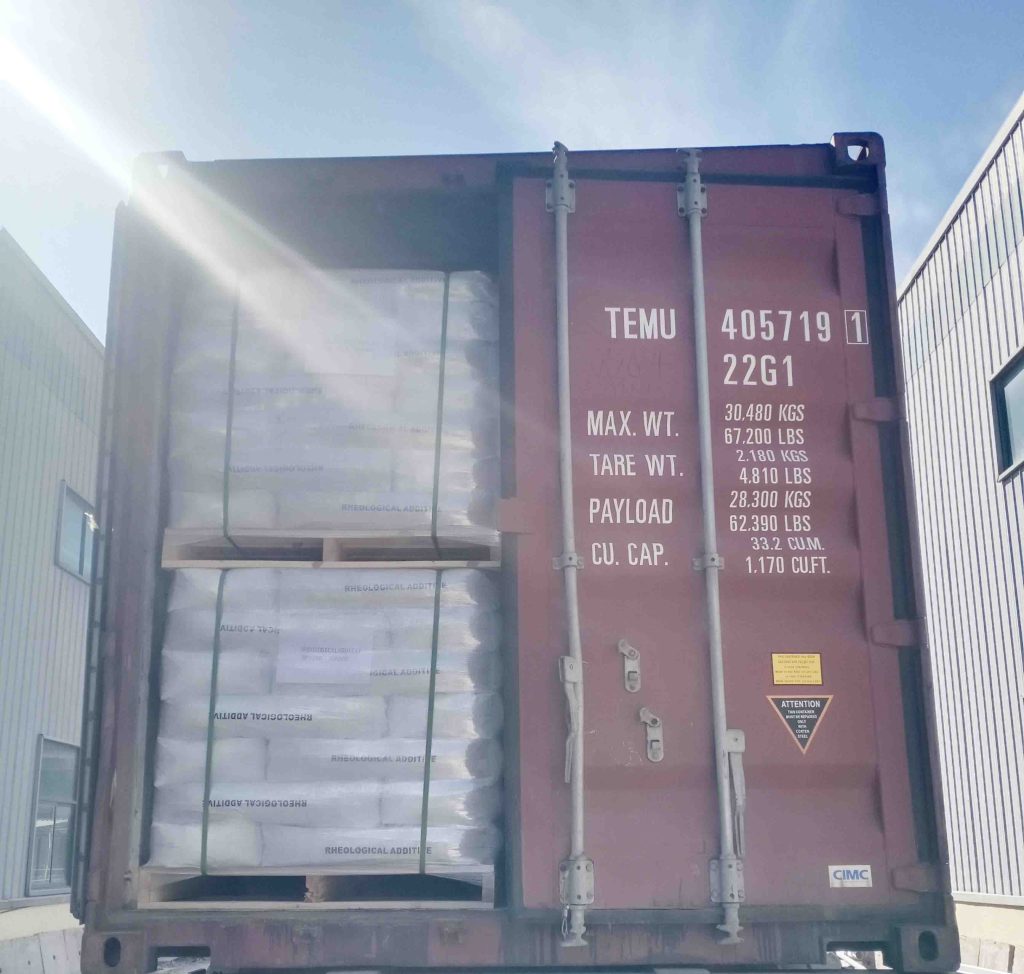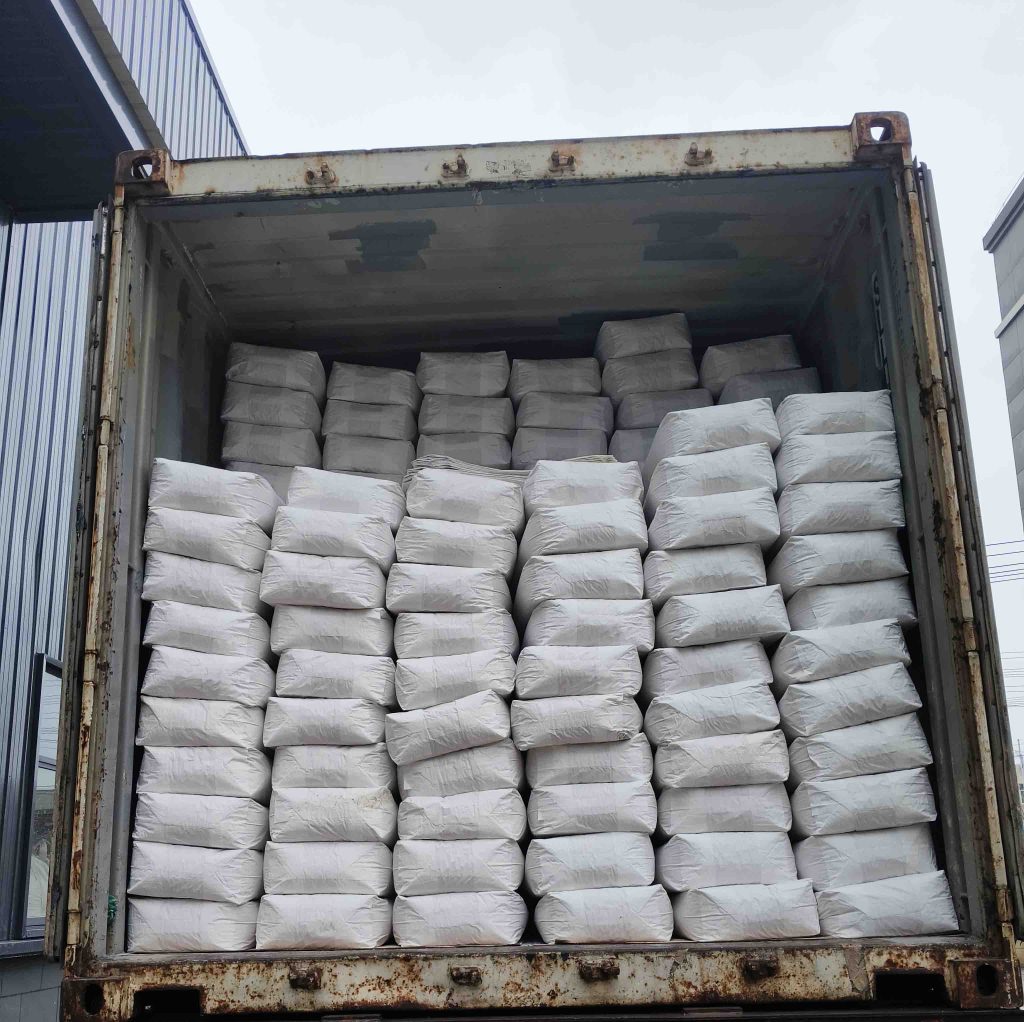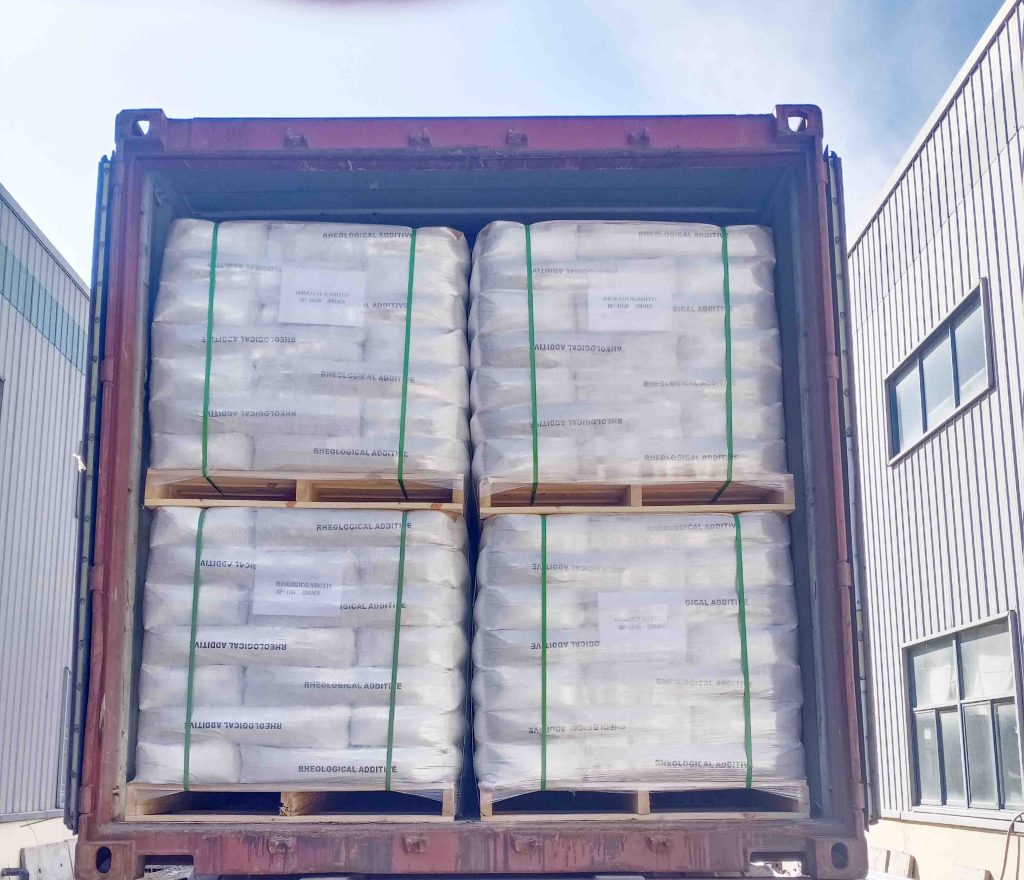Thixotropy agent organoclay,Printing droplet dot spreading are ink manufacturers, faced with thixotropy problems manifested in the usual thixotropic index of every 0.2 lower, the press will be forced to add up to 15%.
This is all because of the traditional organic bentonite thickeners, high temperature and high shear under the loss of benefits.
Organic bentonite growth structure, the charge adsorption effect of silicates, coupled with the synergistic effect of organic modification of the long chain, so that the thixotropy of organic bentonite improved, from the test data, the traditional thickeners are generally in the range of 0.3 to 0.5 , bentonite TI value but in the range of 0.8 to 1.2.
Organic bentonite VS polyamide wax / pyrogenic silica actual combat comparison
Attacking the competitor discourse design:When you’re using organobentonite in inks, first you have to consider the type of solvent you’re using.
For example, in aromatic hydrocarbon solvents, we use quaternary amine modified CP 180.
For alcohol ester solvents, we use CP-mpc.
For European inks, it is necessary to have a high thixotropic and fast recovery organobentonite, whereas for screen inks it is necessary to have a medium thixotropic and high yield value organobentonite.
Pre-gel preparation method:
① solvent temperature control: 50 ± 5 ℃ (insert infrared thermometer schematic)
② shear rate requirements: ≥ 2500rpm (compare the dispersion effect of different equipment)
③ Cooking time: 24h in winter / 12h in summer (with temperature and humidity control table)
Warning case: direct dry powder added to the ink particles caused by SEM electron microscope picture
Thixotropy agent organoclay
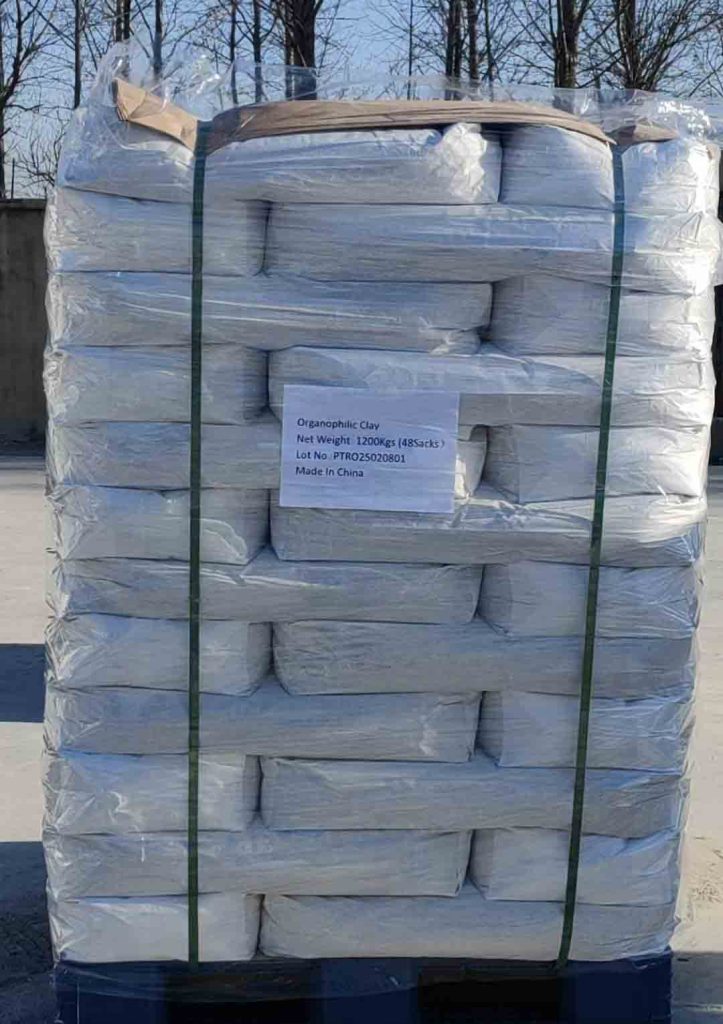
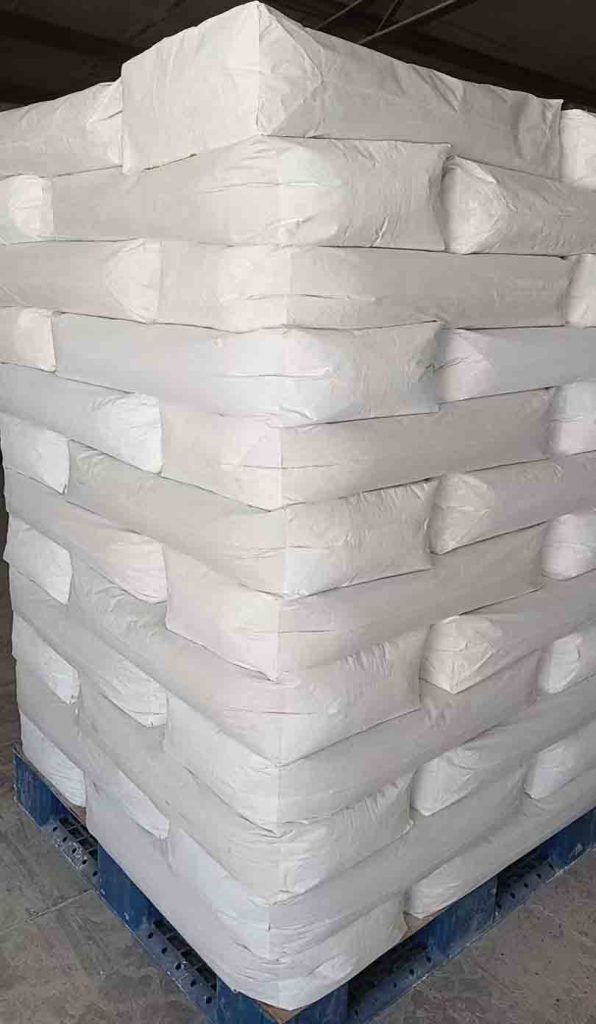
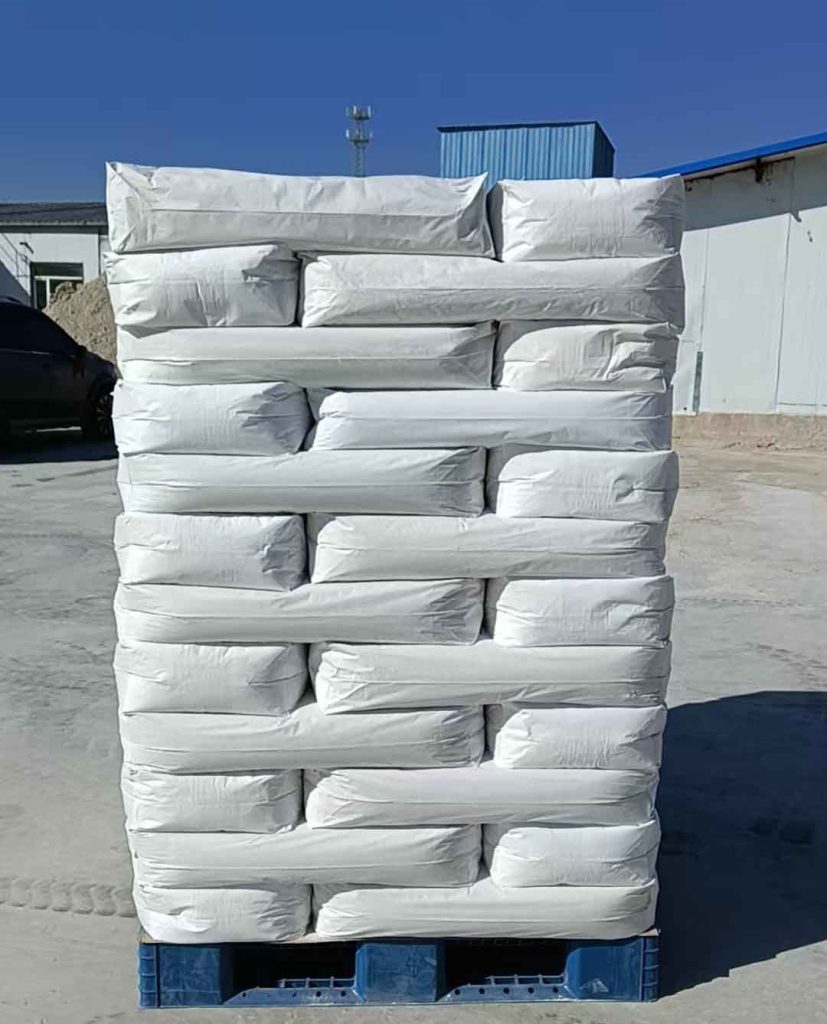
Organoclay Applications
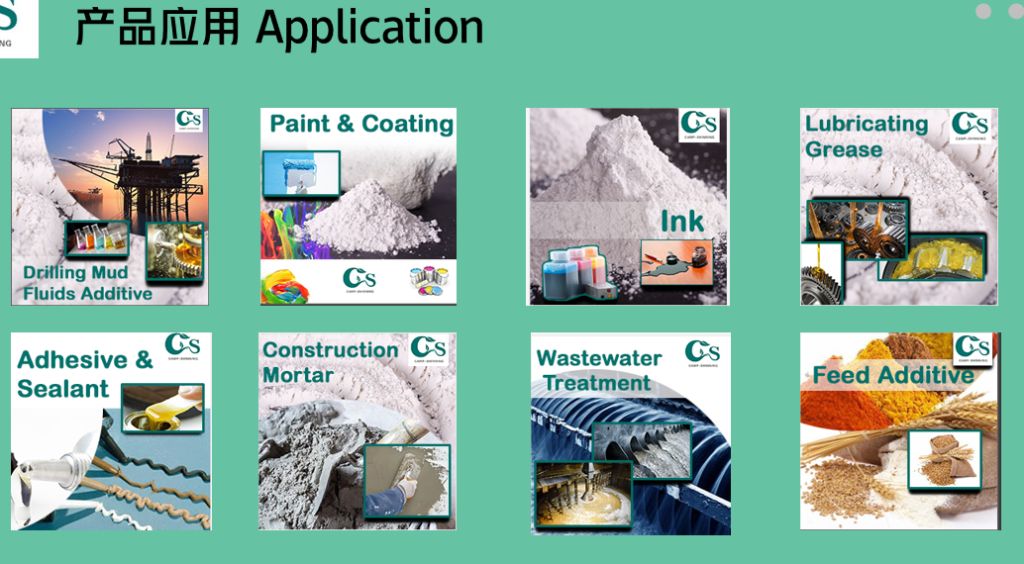
Thixotropy agent organoclay
Organophilic Clay is an easy dispersing, self activating organoclay that exhibits high performance efficiency in diesel, low aromatic mineral oil, modified vegetable oil and synthetic base fluid formulation. CP-150 unique rheological structure suspends weighting materials and other solids with less increase in viscosity and gel strength than conventional bentonite. It is highly effective in distillate and mineral oil based invert fluids.
Organoclay Bentonite is used for Oil drilling Mud,
Paint,coatings, inks, grease and domestic etc.
Base oil:
- Diesel Oils
- Mineral Oils
- Synthetic Oil
- Linear and isomerized Alpha Olefins
- Modified vegetable oil
Viscosifying drilling Fluids:
- All oil based drilling fluids
- Invert emulsion fluids
- Workover fluids
- Fracture fluids
Organoclay Advantages
- Effectively suspends weighting materials and other solids
- Maintains suspension over a wide temperature range
- Eliminates need for chemical activators
- Is easy to disperse and rapid yielding
- Suspends weighting materials and other solids
- Maintains suspension over a wide temperature range
Composition of Organoclay
Organically modified bentonite clay
Appearance Off white to tan finely divided powder,
Moisture content (105℃,2hr) ≤3.5%
Specific Gravity 1.7
Bulk density 0.40~0.60g/cm³
Organobentonite Packages
Kraft paper bag with PE liner or multi-wall paper sacks or customized. 25kg/bag or 22.68kg/bag or customized.
Organophilic clay Store in a dry, well-ventilated area with temperature of 0℃-30℃. Keep container closed. The quality guarantee period is 24 months.
